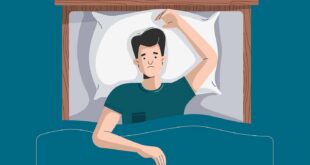Understanding more about your body.
Your brain and your body communicate with each other via your nervous system. If you hit your thumb with a hammer, your nerves carry messages about that to your brain and you feel pain (and probably say
something unprintable too). Your brain sends messages back to your body so that it can start the process of healing the damage you’ve just done to yourself.
A similar process happens if you are frightened. Something scary happens, your brain reacts, and sends messages to your body. But why those particular messages, the ones that make your heart thump and your stomach churn?
The answer is that the whole system evolved a very long time ago, when primitive people were living lives filled with physical danger. Dangerous animals, floods, forest fires, and of course people on the warpath were all sources of danger.
And without all the contrivances of modern life people usually only had two choices when confronted with danger: fight back, or run away.
Both of these options require physical energy. You need to pump more oxygen to your arms and legs if you are going to fight, or run. You need to stop digesting your dinner, make swift decisions, move quickly.
And this is why, when you are very anxious or panicky, your heart races, your limbs tremble, you need the loo, your head swims and you simply can’t bear to stay in one place.
The fact that you are frightened of something that doesn’t present any physical danger to you is neither here nor there to the primitive system that takes charge at that moment. You are frightened, and without
hesitation your brain and your body prepare you for fight or flight.
Recovery largely consists of finding ways to first tolerate the sensations and then turn off the fight-or-flight system. However, fight-or-flight is controlled by your involuntary nervous system. As the name suggests, you have no conscious control over it.
 Therapy for anxiety Therapy for anxiety
Therapy for anxiety Therapy for anxiety



